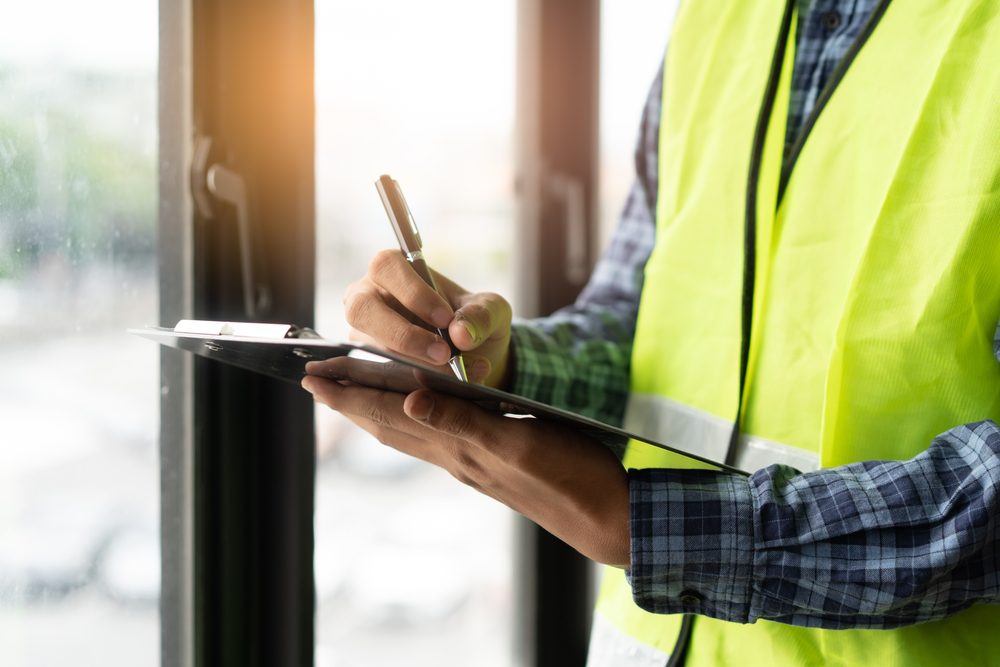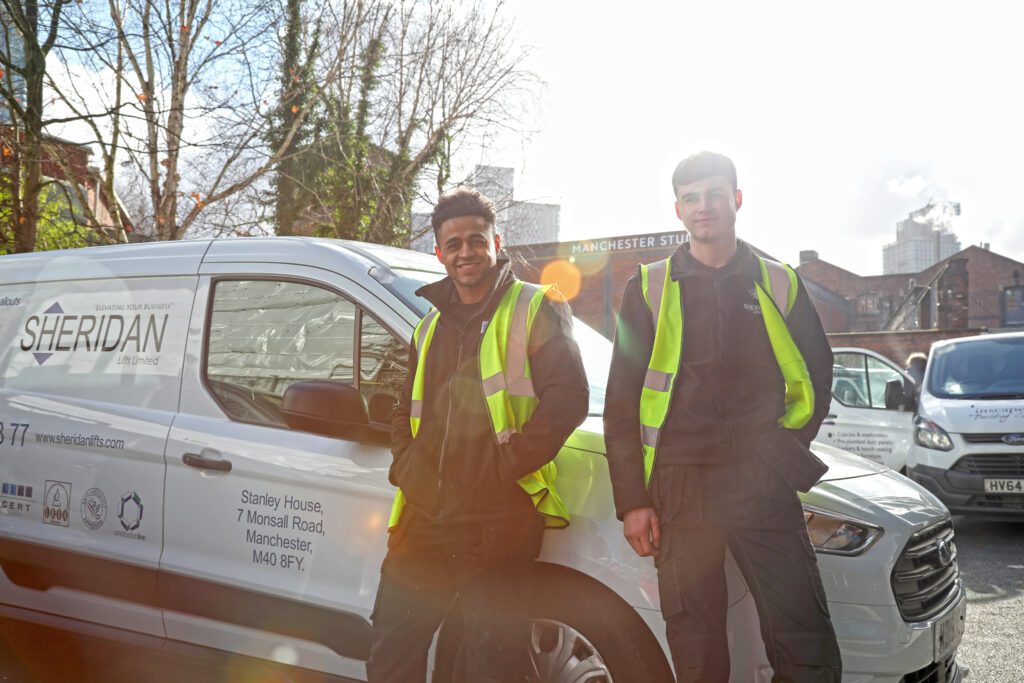Lift repair contracts are essential to ensuring the smooth operation of lifts within residential and commercial buildings. They give added peace of mind that, should a fault occur, help is on the way and your lift won’t need to be out of action, sitting idly, for long.
With a lift repair contract in place, it allows any issues that may arise to be addressed quickly and efficiently, so you can continue to get the most out of your elevator without stress or the nagging doubt of a neglected issue escalating.
In this guide, we’ll explore:
- Lift repair contracts and the benefits
- Legal considerations
- Contract terminology you should be aware of as a building owner or manager

Benefits of Lift Repair Contracts
While a key consideration of lift repair contracts is to ensure the safety of the lift users, adhering to best practices with a trusted lift repair service and regular maintenance brings many other benefits to building owners and managers too.
Compliance and Less Risk of Penalties: Lift repair contracts help to make sure your lift meets the required safety standards. Adhering to these regulations means you’re fulfilling your legal obligation as a building owner or manager, reducing the risk of facing penalties for non-compliance.
Enhanced Safety: Regular inspections, maintenance, and repairs provided through lift repair contracts help you quickly identify and tackle safety issues. Being proactive minimises the risk of accidents, malfunctions, or breakdowns and creates a safer environment.
Peace of Mind: As a building owner or manager, you’d have peace of mind knowing that the lifts in your facility are being inspected, maintained and repaired by trusted professionals on a regular basis. This assurance frees you up to focus on other aspects of building management, instead of worrying about the disruption caused by a broken-down lift.
Cost Savings: Lift repair contracts can help save money over the long term. Identifying and addressing minor issues early on with routine maintenance visits can avoid potential major breakdowns. (For example, wear and tear on a weakened component might lead to more expensive repairs that could have been avoided).
Regular maintenance and timely repairs can also extend the lifespan of the lifts, reducing the chance of needing a replacement sooner than expected.
Minimised Disruptions: Lift breakdowns can cause huge disruptions, especially in multi-story buildings or those with high footfall. Lift repair contracts help to get issues resolved quickly, lessening the downtime and inconvenience for visitors.
Improved Reputation: Providing a safe and reliable lift system reflects positively on the building owner or manager and the reputation of a business. Functioning services make it an attractive choice for tenants, employees, and visitors. A well-maintained lift system that adheres to safety regulations contributes to a positive overall perception of the building and its management.
The way the business and its staff are treated by visitors too – scenarios like poor accessibility, standstills and being stuck in an elevator are a recipe for high stress and conflict.
Above all other risks, It’s paramount to prioritise the safety of lift users. So if you’re in doubt or notice something unusual about your lift, read up about the warning signs to look out for in our blog 5 Signs Your Lift Needs Maintenance, or better yet contact us and we’ll have a solution to offer you in no time.

Legal Considerations of Lift Repair Contracts
Firstly, as a lift owner, it is important to stay aware of any changes in legislation, standards, and codes of practice that could affect your lift.
This includes making sure that you fulfil your obligations under the Health and Safety at Work etc Act 1974 by having a competent person carry out regular inspections on your lift with thorough examinations at least every 12 months, in accordance with LOLER and PUWER guidelines.
To ensure the safe use of a lift in your building, it is also recommended to utilise help from a reputable lift service provider, which can be offered through a maintenance contract such as our Standard, Comprehensive or Premium options.
This is in order for your lift to remain safe for operation. All components must be kept well-maintained, and any defects should be reported immediately so they can be fixed promptly.
The lift engineer should provide reports or other documentation, which serves as evidence that you looked after the equipment according to the Lifting Operations and Lifting Equipment Regulations 1998 (LOLER) and Provision and Use of Work Equipment Regulations 1998 (PUWER) requirements.
Familiarising yourself with all the relevant safety regulations will not only protect others but also help you to avoid fines from authorities or costly legal fees due to negligence.

Understanding Lift Repair Contract Terms
Lift repair contracts can be lengthy documents and come chock-full of legal terminology and technical words. Here is some commonly occurring terminology you’ll find in lift repair contracts:
- Routine Maintenance: This refers to regular inspections, lubrication, cleaning, and minor adjustments to ensure optimal lift performance and identify potential issues. Depending on the outcome, this may lead to further work, such as corrective maintenance, and incurring costs for parts and materials.
- Corrective Maintenance: These are repairs or replacements which have been spotted either alongside a routine maintenance inspection or in response to a reported issue.
- Call-Out Charges: This is the fixed fee or cost incurred for emergency call-outs or repairs outside of regular maintenance visits.
- Parts and Materials: The contract should specify the sourcing and pricing of replacement parts and materials used for repairs.
- Exclusions and Limitations: Pay attention to any exclusions or limitations mentioned in the contract, such as damage caused by misuse, vandalism, or acts of nature, as they may affect the coverage provided.
- Service Level Agreement (SLA): This is a written agreement between a service provider and its users, outlining the essential level or standard of service necessary to fulfil a user’s requirements. The SLA outlines the services provided, the frequency of maintenance visits, response time for repairs, and any additional services or guarantees.
As a business owner, lift maintenance and repair with a broken-down lift getting in the way of business can be stressful enough – your team at Sheridan Lifts are here to talk you through maintenance contract terminology to keep you out of the dark and fully informed every step of the way.

Need a No-Stress Lift Repair Contract? Book a Quote with Us
At Sheridan Lifts, we’ve been carrying out lift repairs for more than 40 years.
Whether it’s routine maintenance or an emergency repair, we’ll minimise your stress and solve the issue as quickly and efficiently as possible.
So contact us to find out more about our lift repair contracts and installations – we can assess your specific needs and provide accurate cost estimates for your repairs or maintenance.
Elevate the form and function of your premises today!Understanding Lift Repair Contracts – What You Need to Know